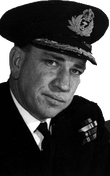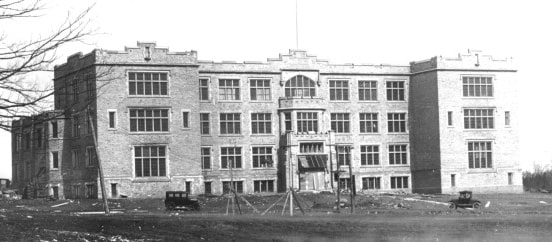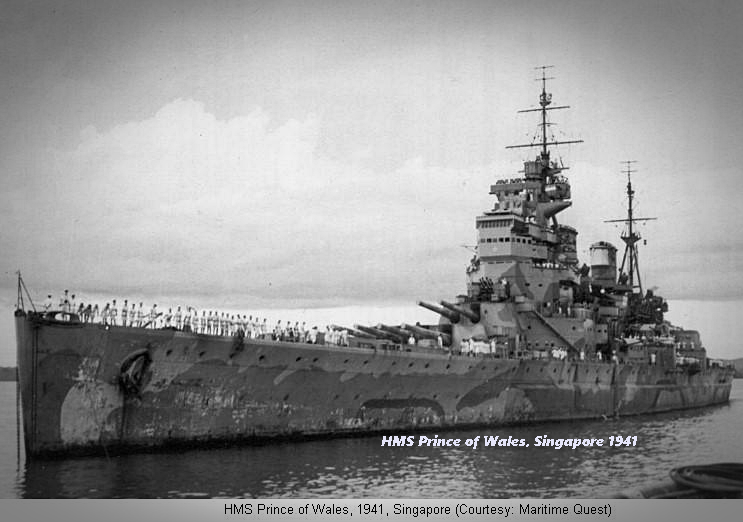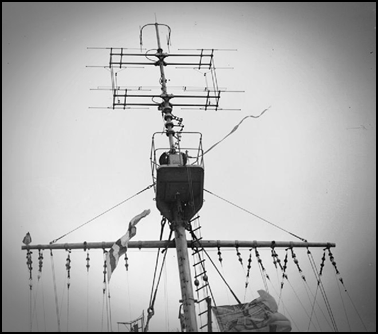A Canadian in the Royal Navy
RAF Scoops Electronic Talent RN Looks to Canada
The Adventure Begins
As far as I know, we were the first group of Canadians to hit the Portsmouth Royal Naval Barracks. Then, radar was not called radar, it was called RDF [Radio Direction Finding]. The term radar did not come into play until the Americans got involved. In any case we had a very short course to acquaint us with the principles of radar, which term I will use.
By the end of June, people then began to disperse to various ships. I was informed that I would be going to HMS Prince of Wales, but she was not to be commissioned until January 1941 and there would be no requirement for me to stand by the ship much before November 1940.
Working on the Cutting Edge of Radar
| The Prince of Wales was the first ship to get a multiple suite of radar. Up until this time, ships carried one radar, now I was to get ten as follows:
|
Only One had been to Sea
The Prince of Wales was a Showpiece
To illustrate this, one day at lunch time I sat down beside a Commander (remember I was a young Sub-Lieutenant) and said to him, “Good morning, sir. Are you up for the trials?” He replied, “No. I’m your new Executive Officer. Who are you?” I answered, “My name’s Paddon, sir. I’m the RDF officer.” He said, “Well, I expect we’ll get to know one another”.
This happened even quicker that he might have thought, because that night an engineer Sub-Lieutenant by the name of Tim Healey, who used to play rugger for the Navy, and I decided we would test out the new Executive Officer.
Boys will be Boys
| In the anteroom, as distinct to the wardroom, we set up two chairs, one with its seat vertical and one in its normal position. I went to the far end of the wardroom and hurtled down the course, feet first over the first chair, caught the second one with my bottom in the seat causing it to end up in the upright position with me seated in it. This had the desired effect. They used to call him Tarzan |
Needless to say, the EO sold himself completely to us on his first testing. Unfortunately, he was later lost when the ship was sunk. But he was one of the finest naval officers I have ever had the pleasure of serving with because he did everything in just the right proportions.





 RSS Feed
RSS Feed